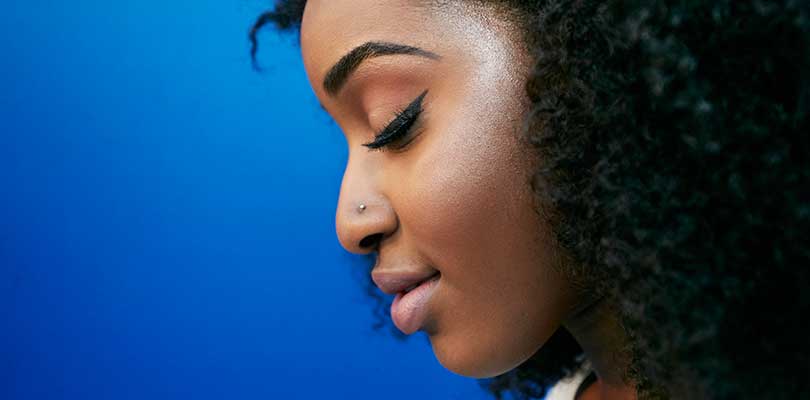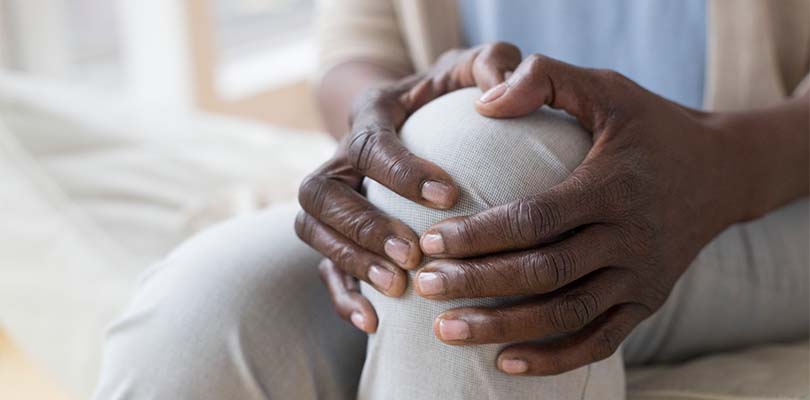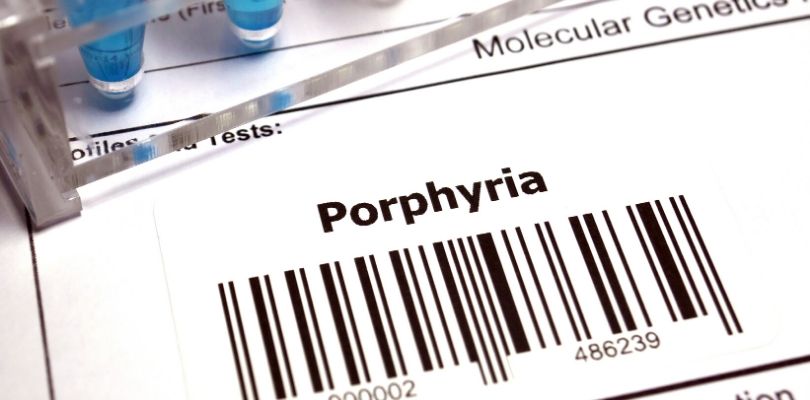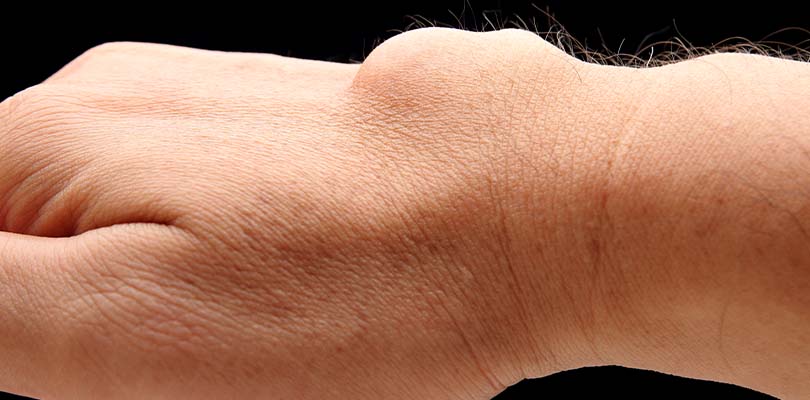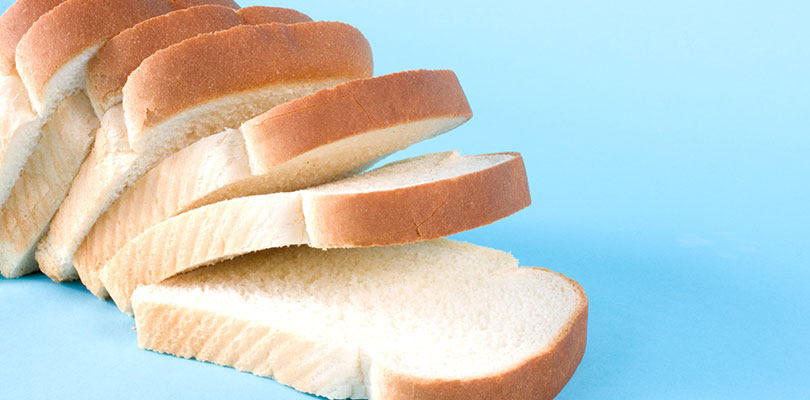How To Treat an Infected Nose Piercing
Nose piercings are more common than ever. This body modification is easy to get if you don’t mind a little short-lived pain.
However, if you don’t take care of your piercing it may become infected. Infection is the most common problem after getting a piercing. Knowing how to treat an infected nose piercing is important in order to ensure it doesn’t become a larger problem, or a trip to the doctor’s office.
Types of Nose Piercings
There are seven (yes, seven) popular types of nose piercings:
- Septum: The interior part of the middle of the nose. It’s usually pierced in the fleshy part of the septum and not through the cartilaginous tissue.
- Nostril: One or both nostrils are pierced in the fleshy part of the nostril.
- High Nostril: As the name implies, it’s placed higher than a typical nostril piercing. You’ll find this piercing further up the nasal passage.
- Vertical Tip: This is also called a rhino piercing where the tip of your nose is pierced with an entry and exit point.
- Bridge: This is the area at the top of the nose between the eyes.
- Nasallang Piercing: This is a tri-nasal piercing that pierces both nostrils and the septum, and a straight barbell goes through all three holes.
- Septril Piercing: This is half-vertical tip and septum piercing. You can search images online to get a visual of this one.
Where You’re Pierced Makes a Difference
There are different types of tissue in the nose. Each piercing location has a different recovery time.
A septum piercing, for example, takes at least six weeks to heal. If cartilage is pierced, it can cause significant bleeding and other issues, so try to avoid piercings in areas with cartilage. No matter which piercing you get, the healing process should be complete in a few months.
After you get a piercing you need to follow proper aftercare instructions to avoid infection. Many people confuse an infection as the piercing healing because of the tenderness and color.
What Causes Nose Piercings to Become Infected?
As long as you do your research to find a reputable piercer and follow their recovery instructions, you should be able to avoid infection. Infections start because of a few reasons:
- The piercer and/or their studio aren’t properly sterilized or don’t follow proper cleaning techniques for piercing equipment.
- The person who got the piercing has poor hygiene habits, inviting infection to the newly pierced area.
- The person who got the nose piercing did not follow proper aftercare protocols.
The Different Types of Infection
Nose piercings can be local infections (affects only the site of the piercing) or systemic infections (can affect entire symptoms of the body). The most common type of infectious complication from body piercings is localized cellulitis.
The good news: when caught early, nose piercing infections can be very minor and are able to be taken care of at home.
What’s Normal for a New Piercing?
In the first few weeks following the piercing, the area around the nose ring may be tender and itchy. The colour may look a bit more red or darker than usual. If you see a clear or pale fluid that forms a crust, that’s normal (it’s when it’s a different colour that there is cause for concern).
Sometimes, small lumps form around the nose piercing. These lumps are called granulomas; they’re trapped fluid that are easily treated at home—just don’t pick at them. Simply soak a cotton pad in warm water and hold the pad against the bumps once a day. There’s no cause for concern if you exhibit these symptoms.
Knee locking causes pain and stiffness, making it hard for a person to move their knee. Here are the different types of locked knees and how to treat them.
The Nose Piercing Bump
This bump is more pronounced than the tiny granulomas. Mild infections or accidents can cause a bump that resembles a pimple near the piercing.
The bump is called a pustule. Pustules form when the wrong piercing instruments are used, an infected nose ring is used, the piercing is accidently bumped, bad aftercare is performed, or an allergic reaction to the nose ring occurs. If it’s red, get a doctor to check it out before it gets worse.
Symptoms of an Infected Nose Piercing
There are some symptoms that seem like the normal healing process, but they are a little different. Be on the lookout for these symptoms of an infection:
- The area surrounding the piercing becomes red or swollen
- There is pain around the piercing
- Blood comes out of the piercing
- White, yellow, or green pus comes out of the piercing and may smell foul
- You’re hot with fever or have cold chills
- You feel nauseated
How to Treat an Infected Nose Piercing
Infections can become very serious. Rather than try to handle an infection on your own, go see your doctor. Minor infections can be treated at home. Your doctor may recommend the following:
- Advise you to use a warm compress on the infection site
- Instruct you on which over the counter medication to use or write you a prescription for antibiotics
- Instruct you to clean the piercing with an antiseptic-soaked cotton pad
Problems arising from an infected nose ring are rare. Certain conditions like a weak immune system may impact your body’s ability to fight an infection.
How to Reduce Your Risk of Getting an Infected Nose Piercing
The best advice is usually the most obvious: find a reputable and qualified piercer and follow their instructions to keep the piercing site clean.
Most aftercare instructions will contain the following:
- Wash your hands before and after handling your piercing
- Clean the nose piercing twice daily with saline solution and twist the jewelry while you clean it
- If you see crusting, clean it with warm, salty water and dry it with dry paper towel
If you have any questions about aftercare be sure to ask before you leave the piercing studio.
Take care of your nose piercing and it will heal beautifully. Once that happens, you’re free to switch out your nose ring for a different one and make your look uniquely your own.
